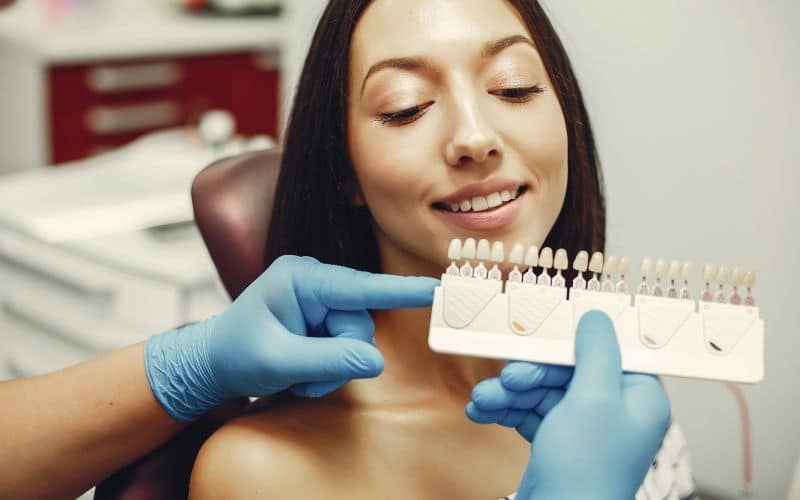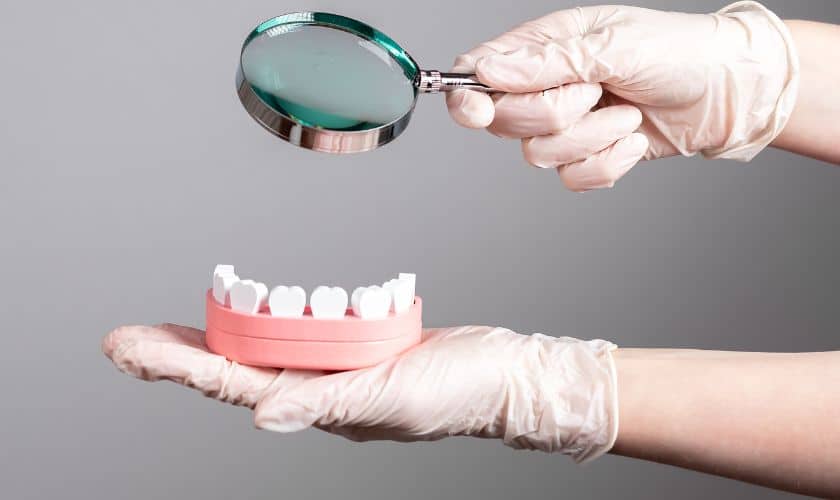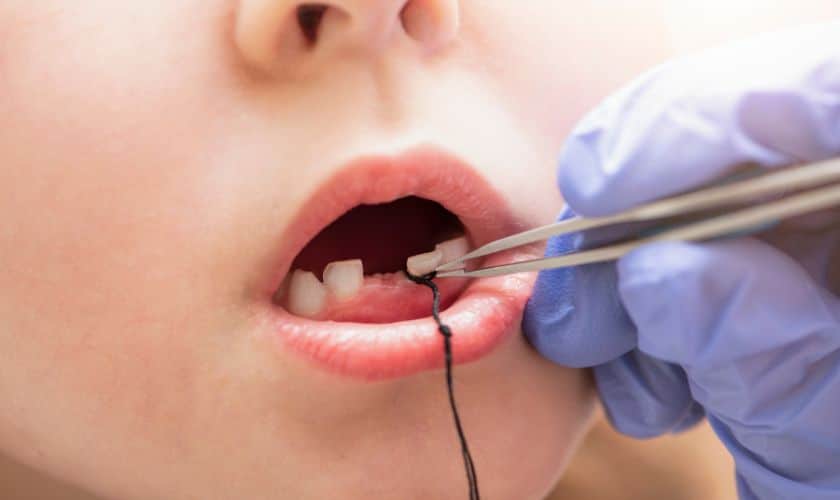Visit Diamond Lakes Dental Today Or Call 501-623-7113
Shielding Smiles: Unveiling the Power of Dental Sealants for Optimal Oral Health

Welcome to our blog post on the superpower of dental sealants! We’re about to unveil an oral health secret that will leave you grinning from ear to ear. Dental sealants may sound like something out of a superhero comic, but in reality, they are a fantastic preventive measure for protecting your pearly whites against tooth decay and cavities.
How Dental Sealants Work
How do dental sealants work their magic? It’s quite simple, really. Dental sealants are thin plastic coatings that are applied to the chewing surfaces of your back teeth (molars and premolars). These teeth have deep grooves and fissures where food particles and bacteria can easily get trapped.
When a dental sealant is applied, it creates a protective barrier over these vulnerable areas, sealing off any nooks and crannies where decay-causing substances might lurk. The smooth surface of the sealant makes it easier to clean your teeth by brushing away plaque and food debris.
The application process itself is quick and painless. Your dentist will thoroughly clean and dry the tooth before applying an acidic solution to roughen up the surface slightly. This helps the sealant bond securely to the tooth enamel. Once this step is complete, the liquid sealant material is carefully painted onto the tooth surface and then hardened with a curing light.
Once in place, dental sealants act as shields against acid attacks from bacteria in plaque. They provide an additional layer of protection for your teeth that regular brushing may not reach effectively.
Benefits of Dental Sealants
Dental sealants are a powerful tool in the fight against tooth decay and cavities. These thin, protective coatings are applied to the chewing surfaces of molars and premolars, sealing off the deep grooves and crevices where bacteria love to hide. But what exactly makes dental sealants so beneficial?
Dental sealants act as a physical barrier between your teeth and harmful oral bacteria. By filling in those hard-to-clean fissures, they prevent food particles from getting trapped, making it easier to maintain good oral hygiene.
Dental sealants can significantly reduce the risk of developing cavities. According to studies, they have been shown to be highly effective at preventing tooth decay in both children and adults.
Another great benefit of dental sealants is their longevity. Once applied by a dentist or hygienist, these protective coatings can last for several years with proper care. This means fewer trips to the dentist for fillings or more invasive treatments down the road.
Furthermore, compared to other preventive measures like fillings or root canals, dental sealants are relatively quick and painless to apply. The entire process usually takes just a few minutes per tooth.
Who Can Get Dental Sealants?
Who can benefit from dental sealants? The answer is simple: almost anyone! Dental sealants are a preventive measure that can be used by both children and adults to protect their teeth from decay.
For children, dental sealants are typically applied to the permanent molars as soon as they erupt. This usually occurs around the age of six for the first set of molars and again around age twelve for the second set. By sealing these vulnerable chewing surfaces, we can help ensure that your child’s teeth stay healthy and cavity-free.
But don’t be fooled into thinking that dental sealants are just for kids. Adults with deep grooves or pits in their teeth can also benefit greatly from this protective treatment. These areas are prime spots for bacteria and food particles to get trapped, leading to cavities over time. By applying dental sealants, we create a barrier between these crevices and harmful substances, reducing the risk of decay.
Maintaining Dental Sealants for Optimal Effectiveness
By following a few simple steps, you can ensure that your dental sealants continue to provide long-lasting protection.
1. Practice good oral hygiene: Regular brushing and flossing are essential for maintaining overall oral health, including your dental sealants. Brush your teeth twice a day with fluoride toothpaste and make sure to clean along the gumline where bacteria can hide. Floss daily to remove plaque and food particles between teeth.
2. Avoid biting hard objects: While dental sealants are durable, they are not indestructible. It’s important to avoid biting or chewing on hard objects such as ice, pens, or fingernails as this can damage the sealant layer over time.
3. Limit sugary snacks and drinks: Sugar is one of the main culprits behind tooth decay. To preserve the integrity of your dental sealants, it’s best to limit consumption of sugary snacks and beverages such as candy, soda, and sweetened juices.
4. Visit your dentist regularly: Routine check-ups with your dentist are crucial for monitoring the condition of your dental sealants. They will examine their effectiveness during regular cleanings and address any concerns or issues promptly.




